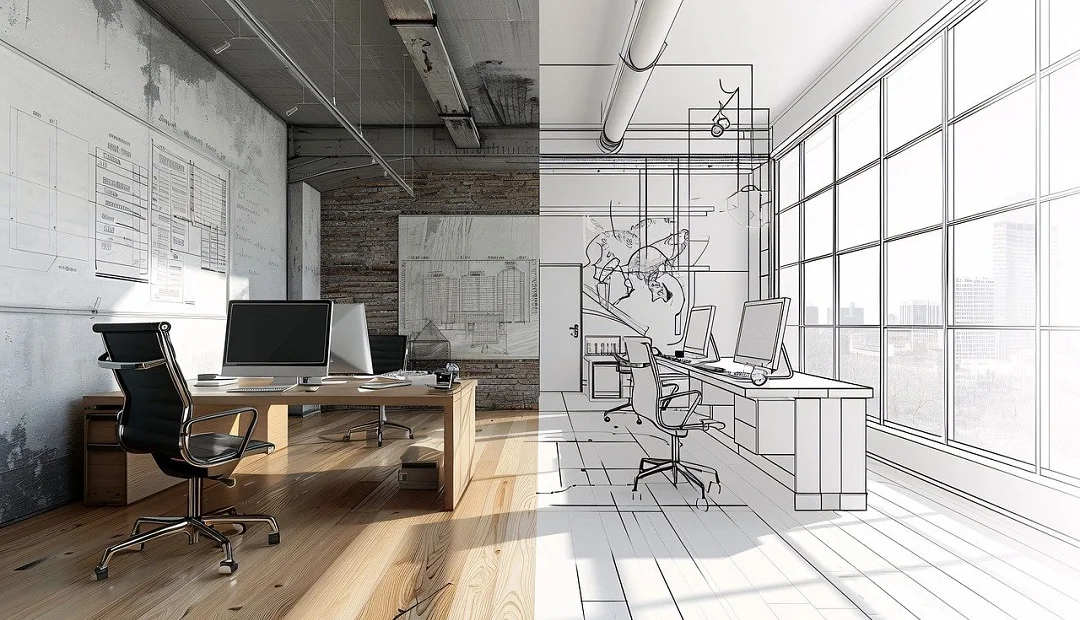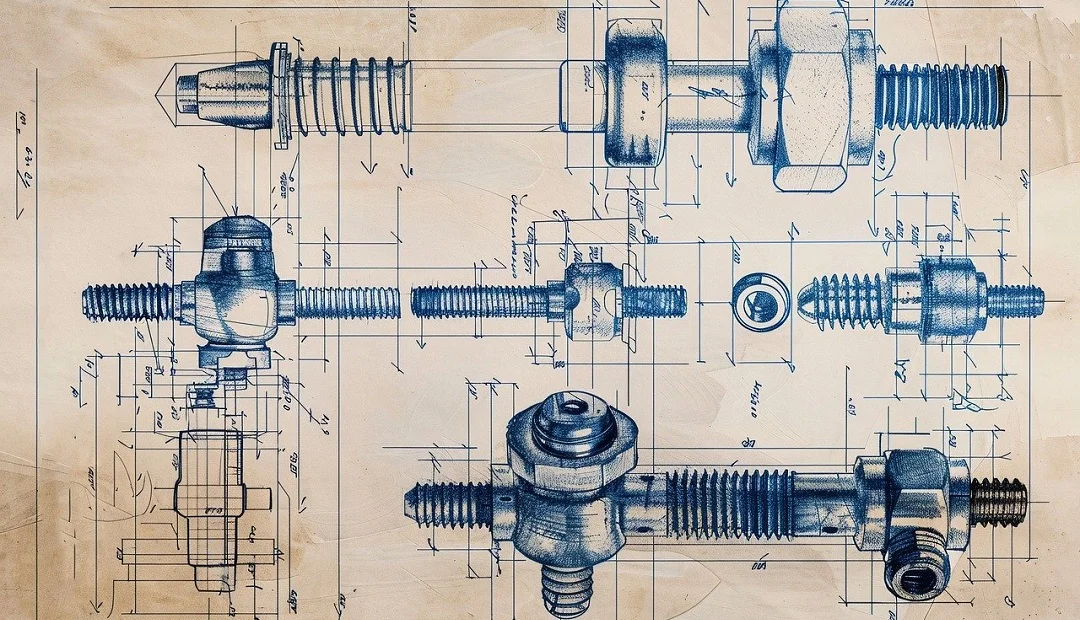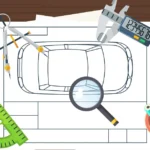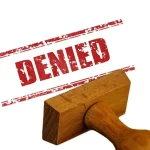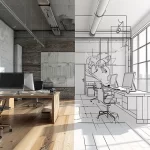What Are the Common but Often Neglected Pain Points Attorneys Experience in Managing Patent Drawing Revisions?
- September 26, 2024
- By Sarita Thomas
- Read 5 minutes
Patent attorneys understand the intricacies of the procedures for the application of a patent. Among many other responsibilities they deal with, patent drawing precision and accuracy are important factors. However, revisions to utility patent drawings and patent diagrams introduce various generally undetected pain points that contribute to delays, price overruns, and frustration. These pain points, if not appropriately addressed, can make or break the success of a patent application in an industry where accuracy and timeliness mean everything.
Common yet often ignored complaints of attorneys while managing revisions to U.S. patent drawings.
Communication Gaps with Illustrators
The most significant pain point that attorneys have to deal with in managing revisions to professional patent drawings is the communication gap between the legal and technical aspects of the patent. Some attorneys understand the inventions and their patentability, but they cannot always convey the changes that need to be implemented to the illustrators. Such a gap in communication leads to incomplete or incorrect revisions, which in turn will delay the processing of the patent application.
For example, the attorney will want to make additions that emphasize an aspect of the invention. However, if the instructions are incoherent or the illustrator does not possess an in-depth grasp of the details involved with the patent, one may get the outcome differently than anticipated. It is one of those miscommunications that can result in an annoyingly on-and-off cycle of revision after revision, clearly extremely wasteful for both attorney and client. In this regard, the attorney should establish clear lines of communication when dealing with the illustrators. Regular feedback loops with detailed explanations of changes required would ensure the illustrator provides an accurate revision with minimal risk of further iterations.
Time-consuming Revision Processes
Patent applications are mostly time-sensitive, and when needlessly delayed, the revision of patent diagrams affects the entire process improperly. The fewer lawyers one is used to having no issues with, the more filing deadlines seem to start becoming closer to impossible to reach when the revisions to patent drawings pop out. For this reason, the revision process in itself, when unstreamlined, becomes a source of frustration. Many attorneys have to deal with each problem of working with an illustrator who is overbooked or slow to produce revisions, thus greatly extending the timeline. Sometimes, attorneys select an illustrator, not realizing the capacity to provide quality revisions with the speed necessary.
To alleviate this pain, it is key that the attorneys work with professional patent drawing services that can manage to do quick turnarounds without compromising on quality. It is also worth mentioning that checking whether the service provider has enough resources and bandwidth to efficiently handle revisions will help attorneys meet deadlines while assuring the quality of the submissions.
Lack of Attention to Detail
Perhaps one of the most frustrating areas of managing U.S. patent drawings involves revisions that still contain errors or omissions. From incorrect scales to the inclusion of incorrect or incomplete labels and/or features, such oversights can occur with an illustrator who may not necessarily understand the importance of each element in the drawing. For instance, the inability to represent critical parts of an invention may lead to the patent office requesting further details or rejecting the application altogether. Even the smaller mistakes disrupt the normal process of granting a patent and force attorneys to invest more time and effort in order to fix those issues that should have fallen within the ambit of the first edit itself.
The services of professional patent drawing would, therefore, be availed of by the attorneys where accuracy is a top priority concern with thorough quality checks conducted before the final delivery of drawings. This way, each revision would be given a go-ahead, which would be certain to meet all the requirements of the patent office for proper representation of an invention, rights to which have been applied; hence, the chances of rejection or further revisions would be minimized.
Compliance with International Standards
Many attorneys dealing with patent applications all over the world have to toe the line regarding utility patent drawings in view of different international standards. Various patent offices around the world have their own sets of demands regarding drawing format, labeling, and content, and getting a utility patent through as compliant across jurisdictions can be an elaborate and time-consuming process. They are pretty commonly not taken into consideration by attorneys, but in the end, they make amendments that are stressful and costly in time. A lack of international standards leads to rejections or expensive corrections, making the work of an attorney more complicated.
In this respect, working with professional patent drawing providers with experience in various jurisdictions’ requirements will save the attorney from work headaches with non-compliant drawings. These service providers can ensure that the drawings are ready to be submitted to any patent office for processing, thereby minimizing the chances of rejections or further revisions.
Balancing Client Expectations with Technical Requirements
Another common pain point is managing client expectations regarding patent drawings. Sometimes, they do not fully understand the technology involved in patent drawings, and sometimes there is a demand for impossible revisions or something that is totally against what the Patent Office wants. Here, many times, attorneys are in a difficult situation, balancing between the demands of a client with those of technical and legal issues.
In all such cases, attorneys have to inform the clients about the limitations and requirements of patent drawings, while on the other hand working with their illustrators to find a compromise satisfying the patent office as well as the client. All this can be realistically minimized by making sure there is clear communication and realistic expectations are set right from the beginning.
Conclusion
Revising the management of utility patent drawings may be one of the cumbersome tasks of the entire patent application process, especially if one does not pay much heed to some of the most common pain points, such as communication gaps, shortage of time, lack of attention to detail, compliance with international standards, and balancing client expectations that attorneys have to go through regularly. Professionals who work with experienced patent drawing services that understand the intricacy of both patent law and technical illustration will simplify the revision process and reduce the possibility of errors and delays. In investing in high-quality drawing services, revisions are taken to the extreme of efficiency, ensuring attorneys that their patent applications will meet all the necessary standards.
